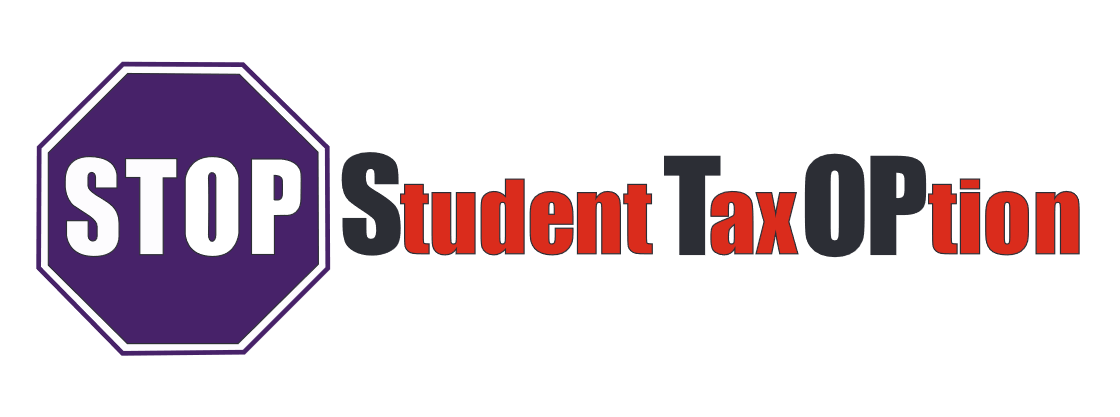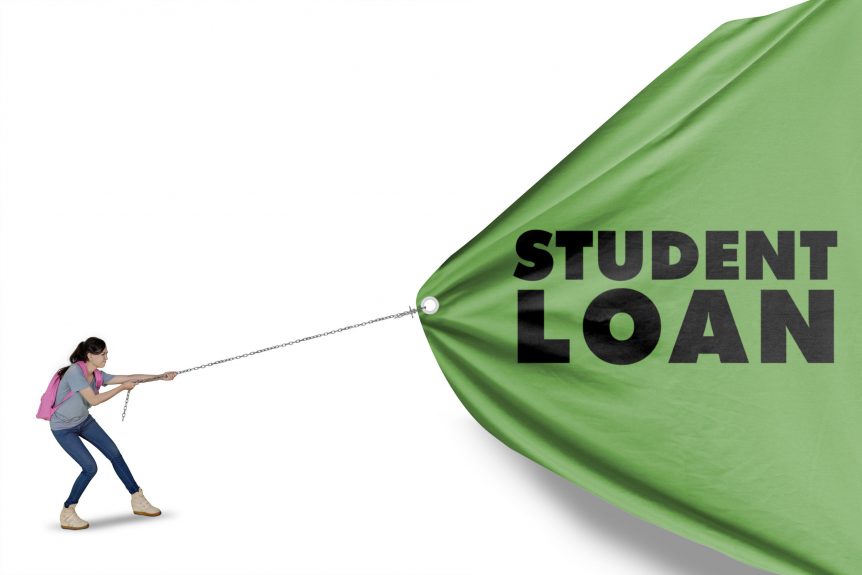The idea of student loan forgiveness is gaining traction, as many politicians have voiced their desire to have the $1.6 trillion in student loan debt forgiven. In fact, many people with student loan debt have begun to count on it.
The question is, if student loan forgiveness does not happen, what alternatives are there?
Many of those with student loan debt have been hopeful that plans for forgiveness will take effect, however there is a good chance that will not happen. If student loan debt is not forgiven, it is essential that borrowers are set for loan repayment.
There are four main alternatives that borrowers can consider for repaying their student loans:
1. Income-Driven Repayment
The income-driven student loan repayment plan is a popular choice because they take the factors of the borrower’s life into consideration when determining the monthly payments. These factors include income, family size, and even the state in which the borrower resides.
This option makes payments more manageable for borrowers, although it tends to create a larger loan balance due to the interest that accrues. Borrowers who opt for this repayment plan, as opposed to the standard ten-year plan, typically end up with a larger student loan balance.
Under this plan, student loans are forgiven after 20-25 years. However, once the loan is forgiven, income tax is owed on the remaining balance.
2. Student Loan Consolidation
Another student loan repayment option is federal student loan consolidation. Under this plan, borrowers consolidate their federal student loans into a Direct Consolidation Loan, which is a new federal student loan. With the Direct Consolidation Loan, the borrower is essentially organizing and streamlining their loans into one monthly payment, as well as one servicer and interest rate.
Keep in mind that the Direct Consolidation Loan is only available for federal student loans. With the student loan consolidation plan, the interest rate is not lowered, and in fact, it is equal to the weighted average of interest rates on existing federal student loans, rounded to one-eighth.
3. Bankruptcy
While there is a stigma surrounding filing for bankruptcy, it can sometimes pose a good option for borrowers. Case history shows that when student loans create undue financial hardships on borrowers, the debt may be discharged.
Usually, student loan debt is not discharged during bankruptcy while other common debts can be. However, when financial burdens have been too great due to student loans, there have been judges to dismiss the obligation.
Depending on the borrowers’ circumstances, filing for bankruptcy may be a good option for forgiveness of their student loans.
4. Student Loan Refinancing
The fastest and most efficient way to pay off student loan debt is by refinancing the student loan. Rates are incredibly low, beginning at 1.89%, and borrowers can choose their terms. This includes deciding between variable or fixed rate terms, as well as the length of repayment for loans, from 5 to 20 years.
Those who opt for student loan refinancing will need to have a credit score of at least 650, a steady income, and a low debt-to-income ratio. This is a great option for those who can swing it, as it has the potential to save them thousands of dollars in interest.

